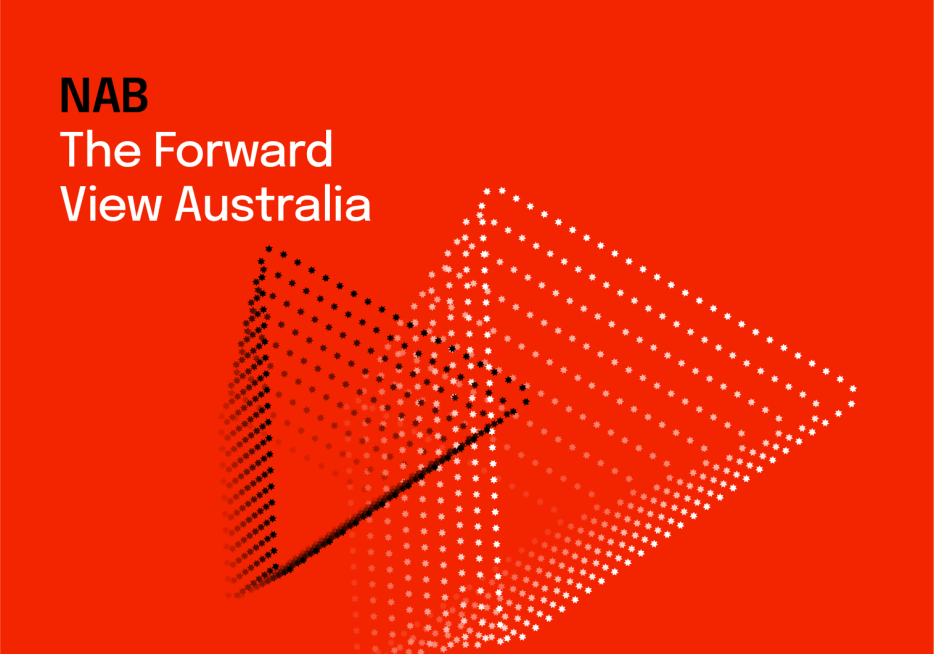For further information, please see the NAB Residential Property Survey Q4 2019
NAB Quarterly Australian Residential Property Survey Q4 2019
NAB Residential Property Index rises to a near 6-year high and is now positive in all states.

- NAB Residential Property Index rises to a near 6-year high and is now positive in all states.
- Confidence also lifts, largely supported by a brighter outlook for prices.
- FHBs emerge as key players in the market as foreign buying activity remains subdued.
- NAB expect overall dwelling prices to rise by 4% in 2020 and ease to around 2½% in 2021.
- Sydney and Melbourne to continue driving price growth, with modest outcomes forecast in all other capitals.
Key Survey findings
The Australian housing market ended 2019 on a firm footing, with NAB’s Residential Property Index climbing to its highest level in nearly 6 years. The Index rose a further 16 points to +34 after moving into positive territory in Q3 for the first time since mid-2018.
Stronger sentiment was supported by rebounding dwelling values in the last 3 months of the year, and was positive in all states for the first time since early-2018. Sentiment was highest in VIC, but improved most in NSW.
Confidence also lifted further, particularly in WA, suggesting the local market could be emerging from its long downturn.
The survey expectation is for price growth to accelerate in all states in 2020-2021, led by NSW and VIC. Property professionals also see price growth overtaking rents for the first time in 2 years, suggesting yields will compress in the future.
With mortgage rates falling and the new First Home Buyers (FHB) Loan Deposit Scheme taking effect from January 2020, FHBs dominated sales in new housing markets and increased their market share in established markets.
Foreign buying activity was again relatively subdued.
Tight credit remains the biggest constraint on new housing development, and access to credit the biggest impediment for buyers of existing property, but property professionals indicated their impact on the market was less severe in the final quarter of 2019.
NAB’s forecasts on residential prices
NAB’s view is that while prices have rebounded more strongly than expected in the second half of 2019, dwelling price growth will slow in an underlying sense in 2020 and 2021 in Sydney and Melbourne. Outcomes for the other capitals are likely to be more mixed, driven by state specific factors.
Overall, we expect nationwide dwelling prices to rise by around 4% in 2020 before growth slows to around 2½% in 2021.
Low interest rates are expected to continue to provide support, as is the low level of unemployment and still healthy population growth in Sydney and Melbourne, however affordability constraints will arise as prices reach their previous peak.
Over 300 property professionals participated in the Q4 2019 survey.




